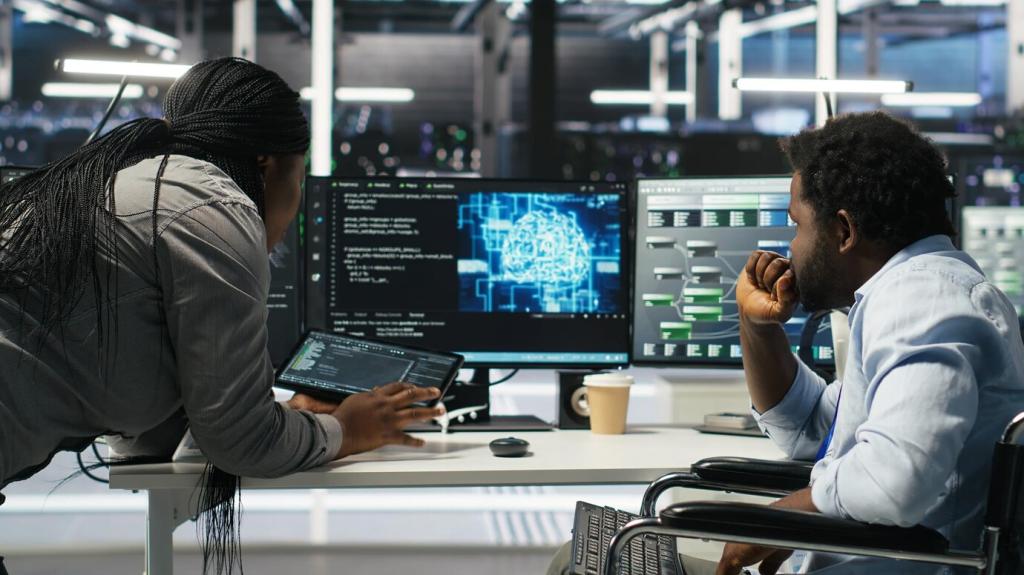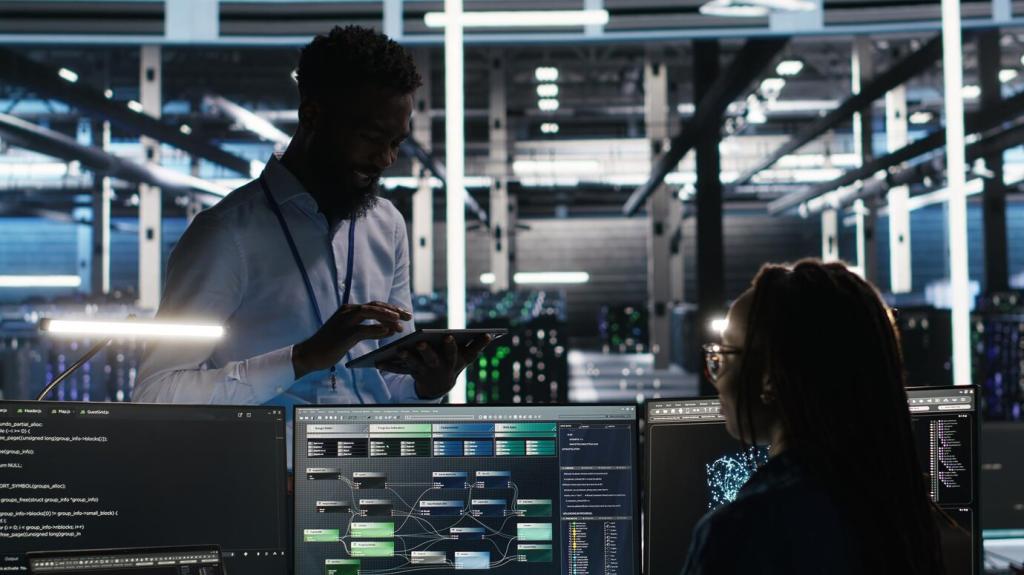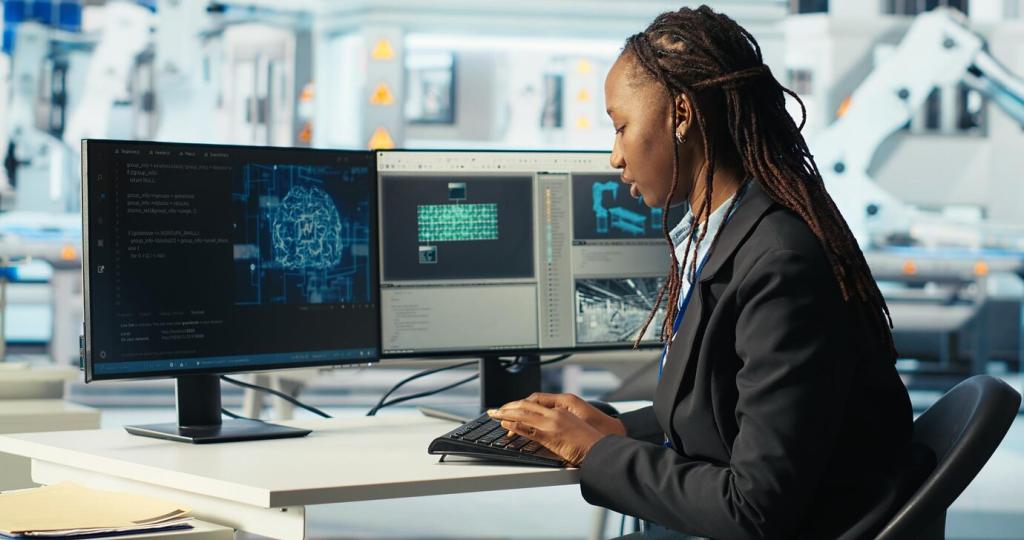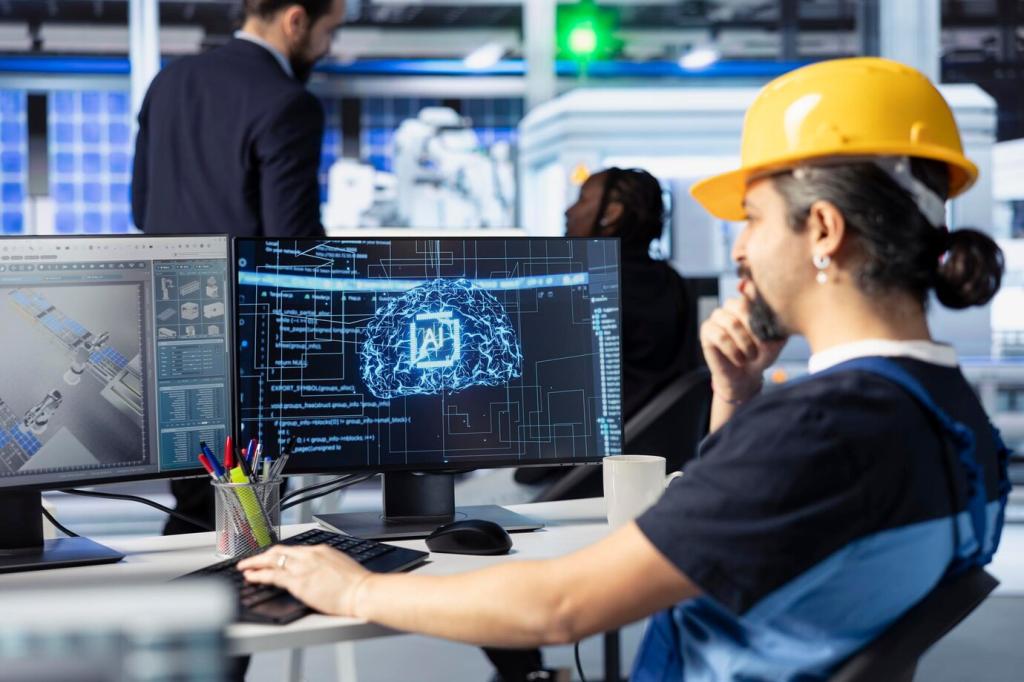Revolutionizing Home Security with Advanced Automation Techniques
Revolutionizing home security transcends traditional methods by integrating the latest advancements in automation. Automation is reshaping the way homeowners protect their properties, offering intelligent, responsive, and highly adaptive security systems. By leveraging modern technology, individuals can now achieve a level of vigilance and control that was once unimaginable, resulting in a safer and more convenient living environment.


From Reactive to Proactive Protection
Traditional security relied heavily on after-the-fact responses—alarms only sounded or authorities were only notified once an intrusion had occurred. Automation brings a fundamental shift by equipping systems with sensors, data analytics, and learning algorithms. These tools enable proactive threat reduction, such as adjusting lighting or locking doors when abnormal activity is detected. This anticipatory approach deters crime before it happens and gives homeowners unmatched reassurance, knowing their spaces are protected by intelligent, ever-learning systems.

Smarter Sensors and Intelligent Triggers
Modern home security automation employs a diverse array of sensors including motion detectors, video cameras, sound sensors, and even environmental monitors for smoke or carbon monoxide. These components do more than simply detect—they interact, share data, and analyze context to make swift decisions. If unusual movement is detected while a home should be unoccupied, automation protocols might activate cameras, power up exterior lights, and send alerts. This orchestration happens instantly, minimizing false alarms and providing targeted responses in real time.

Seamless Integration with Everyday Technology
One of the driving forces behind the revolution in home security is seamless compatibility with everyday technology. Homeowners can now manage, monitor, and control their security systems from smartphones, tablets, or smartwatches. This connectivity provides instant notifications, remote viewing capabilities, and even real-time communication with emergency services or neighbors. The integration extends beyond core security, linking with home automation to control lighting, climate, and access—all from a single, user-friendly interface.
Personalized Security Through Smart Automation
01
Automated security systems offer the advantage of learning and adapting to household routines. Individuals can set schedules for lighting, lock doors automatically at night, and receive alerts customized to daily comings and goings. These routines are not static; as the system learns choices and behaviors over time, it optimizes processes for energy usage and security. Automation ensures that the home is always one step ahead, making safety intuitive rather than intrusive.
02
Advanced access control is another hallmark of personalized automation. Homeowners can assign unique access codes, temporary passes, or biometric entry options for family members, guests, or service providers. This precision not only tracks who enters or exits, but also defines when and how access is granted. By monitoring and adjusting entry permissions in real-time, homeowners maintain full authority, ensuring their property remains secure without unnecessary inconvenience or manual intervention.
03
Personalized security also extends to how homeowners receive updates. Modern systems offer a range of alert options, from discreet messages about routine events to urgent notifications in the event of suspicious activity. These systems ensure alerts are relevant and actionable, sent via preferred methods such as text, email, or app notification. By filtering out unnecessary noise, automation allows homeowners to focus on important matters, knowing they’ll be informed immediately when it truly counts.

AI-driven systems analyze patterns and build a profile of normal activity for each household. Through constant learning, the systems can distinguish between harmless and potentially threatening situations with greater accuracy. By predicting and identifying unusual behavior—such as movement during unexpected hours or unfamiliar vehicles—AI ensures faster, targeted responses. This leads to accurate alerts with fewer false positives, maximizing security while minimizing disturbances.

Machine learning isn’t just about detection; it empowers systems to respond automatically to potential threats. If suspicious activity is detected, automated protocols can initiate multi-layered responses: locking doors, activating lights, recording video, and notifying both homeowners and authorities—sometimes all at once. These intelligent responses happen faster than is possible with manual intervention, often stopping incidents before they escalate. The sophistication of automated incident response brings reassurance that help is always one step ahead.

A standout advantage of AI and machine learning is their ability to evolve. As these systems process more data, they refine their algorithms, better understanding the unique nuances of each household. This ongoing improvement means that security measures become increasingly precise and less obtrusive over time. The result is a defense strategy that only gets stronger and smarter, adapting naturally to lifestyle changes and emerging risk factors, ensuring top-tier protection.
